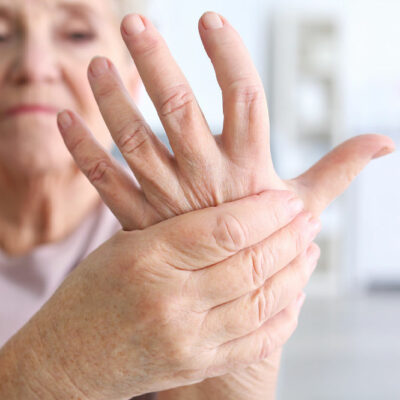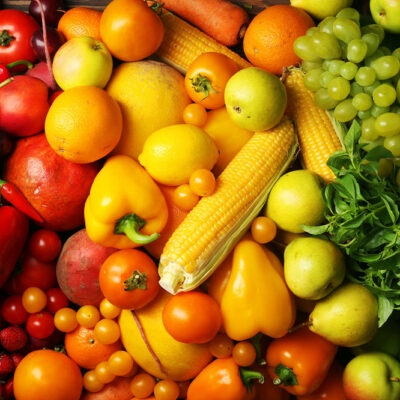
Pancreatic cancer – Early signs and management
The pancreas is a vital organ that controls blood sugar levels and aids digestion. When cells in the pancreas begin to mutate and multiply, they form a tumor. Generally, these growths generate in the ducts of the pancreas, and the cancerous growth that begins in the pancreas is termed pancreatic cancer. Early stages of pancreatic cancer may be undetectable in imaging tests. This form of cancer is also known for being resistant to several treatments. What are the types of pancreatic cancer? There are two major types of pancreatic cancer: Exocrine tumors Over 90% of pancreatic tumors are exocrine tumors, which develop from the exocrine cells in the pancreas. These include adenocarcinoma, squamous cell carcinoma, adenosquamous cell carcinoma, and colloid carcinoma. Neuroendocrine tumors (NETs) Also known as Islet Cell Carcinoma, these tumors are less common and develop in the endocrine gland of the pancreas. The endocrine gland secures insulin and glucagon to regulate blood sugar levels. What are the signs and symptoms of pancreatic cancer? Pancreatic cancer often goes undiagnosed until it spreads to the other organs (reaches the metastasis stage). Being vigilant and regularly checking for the following signs and symptoms of pancreatic cancer can help receive an early diagnosis and manage the condition better:
Read Article 









